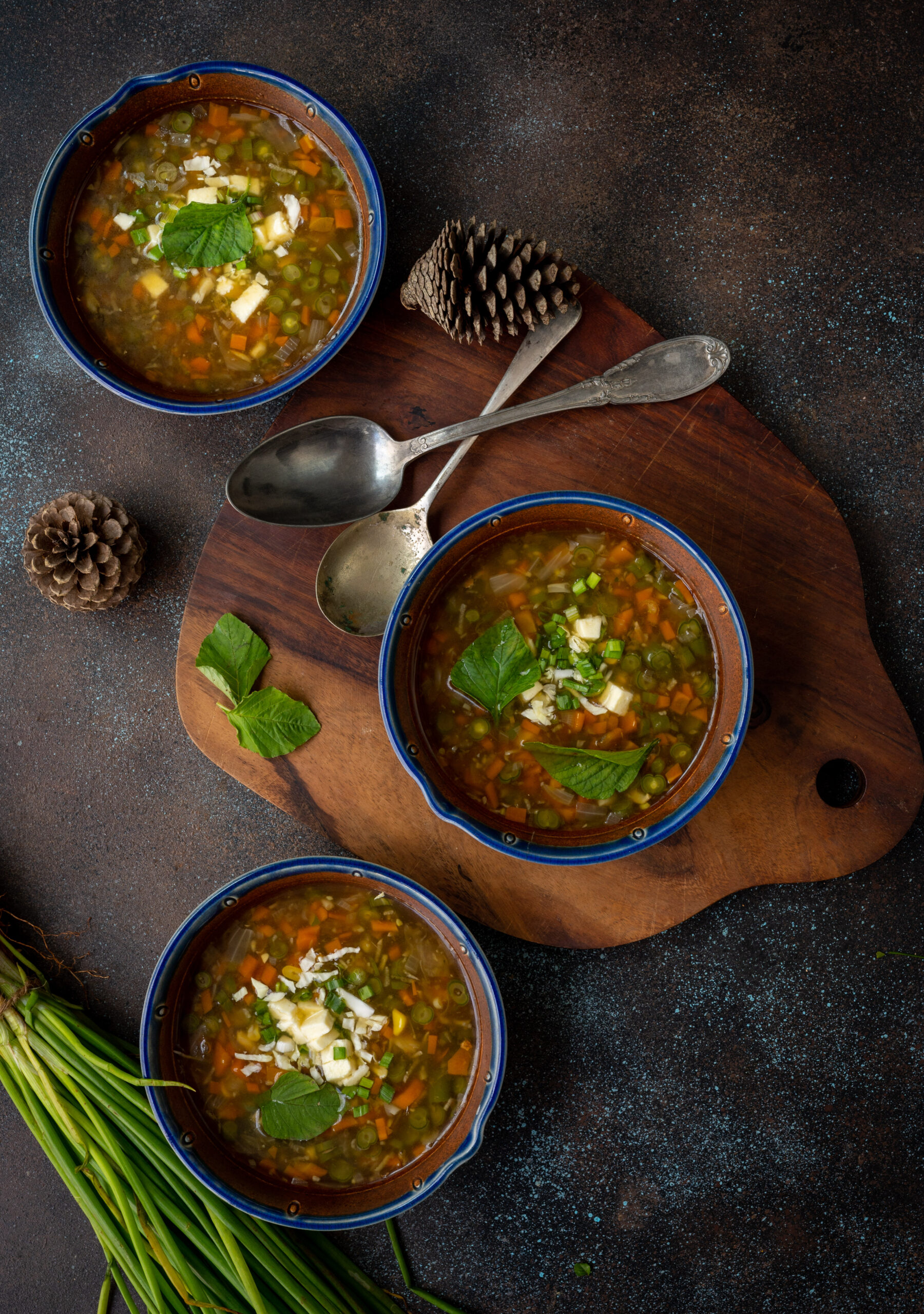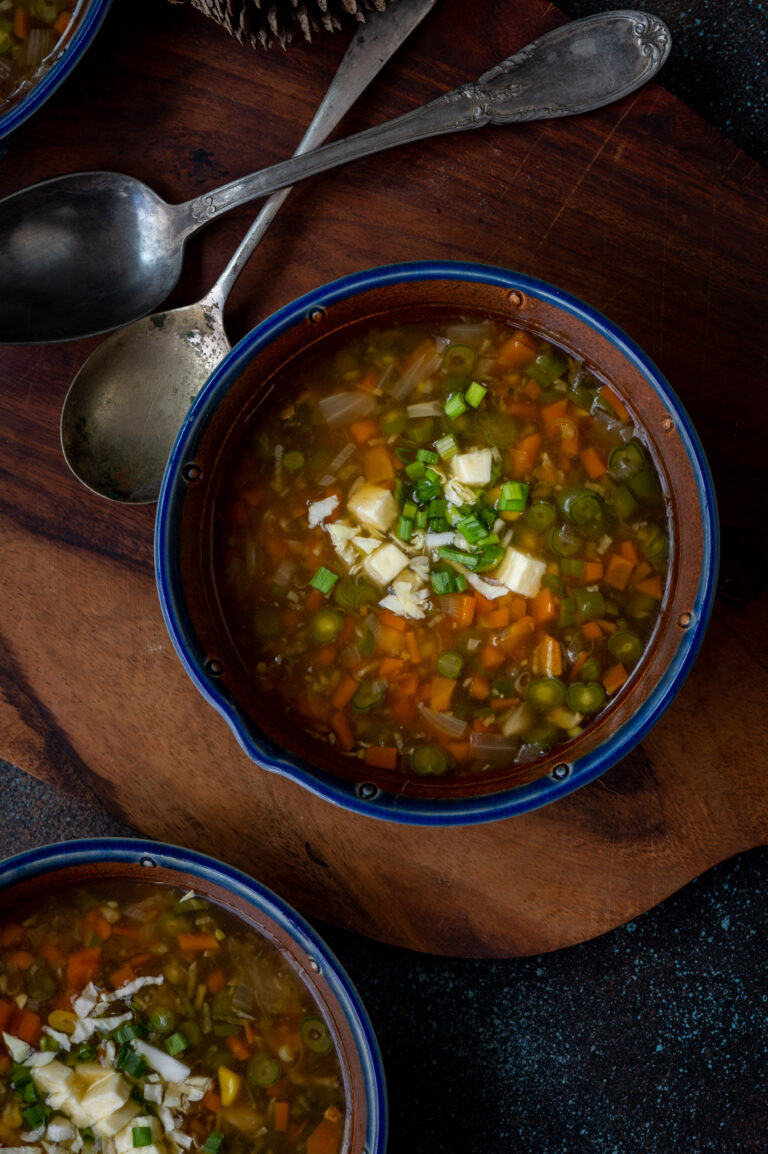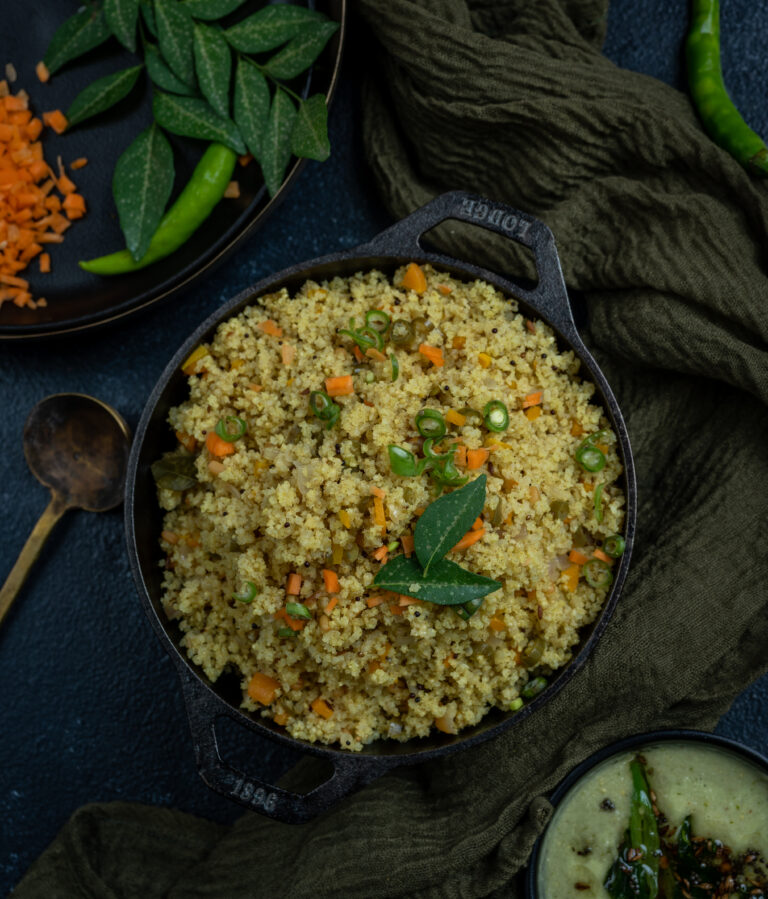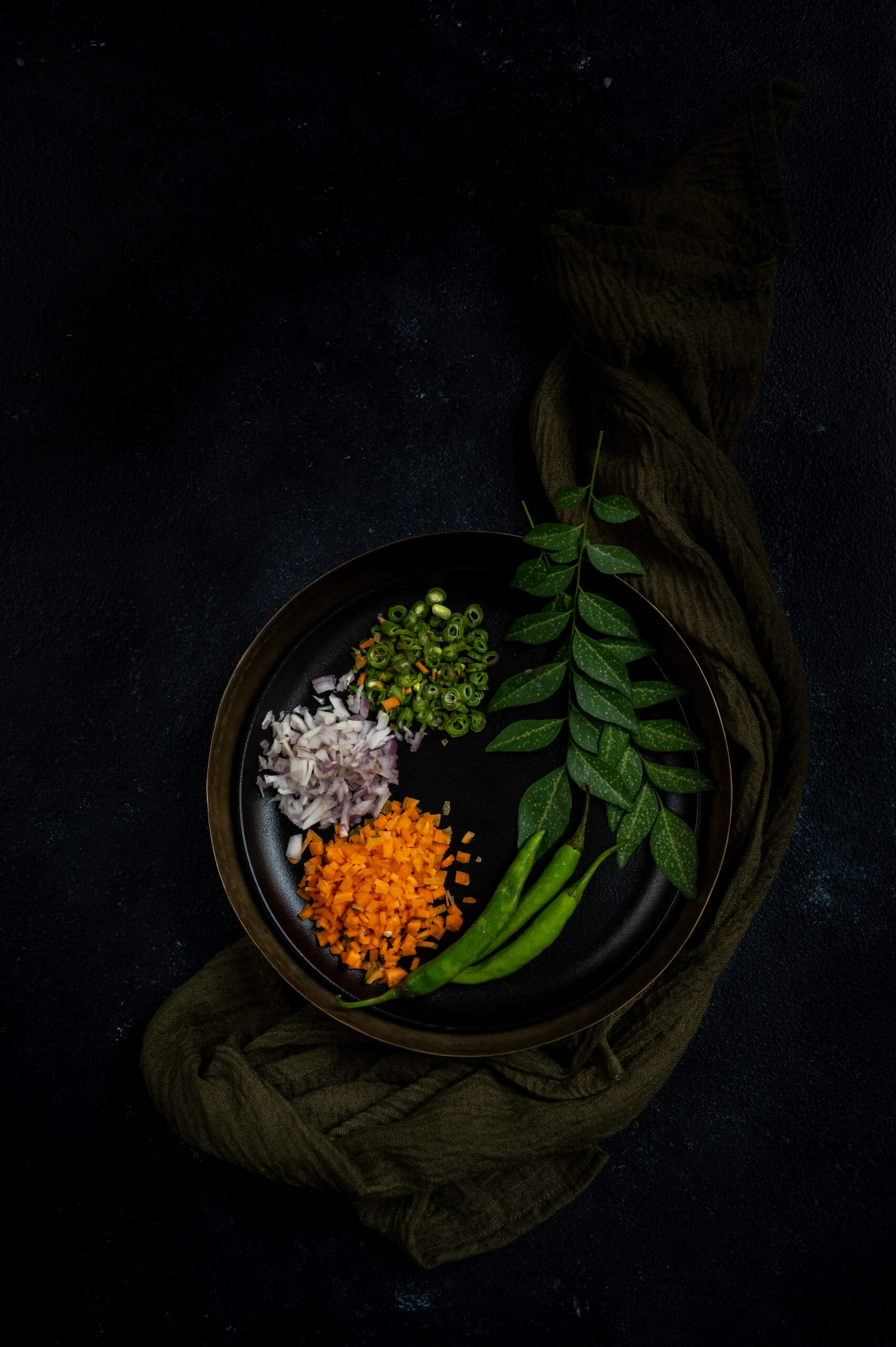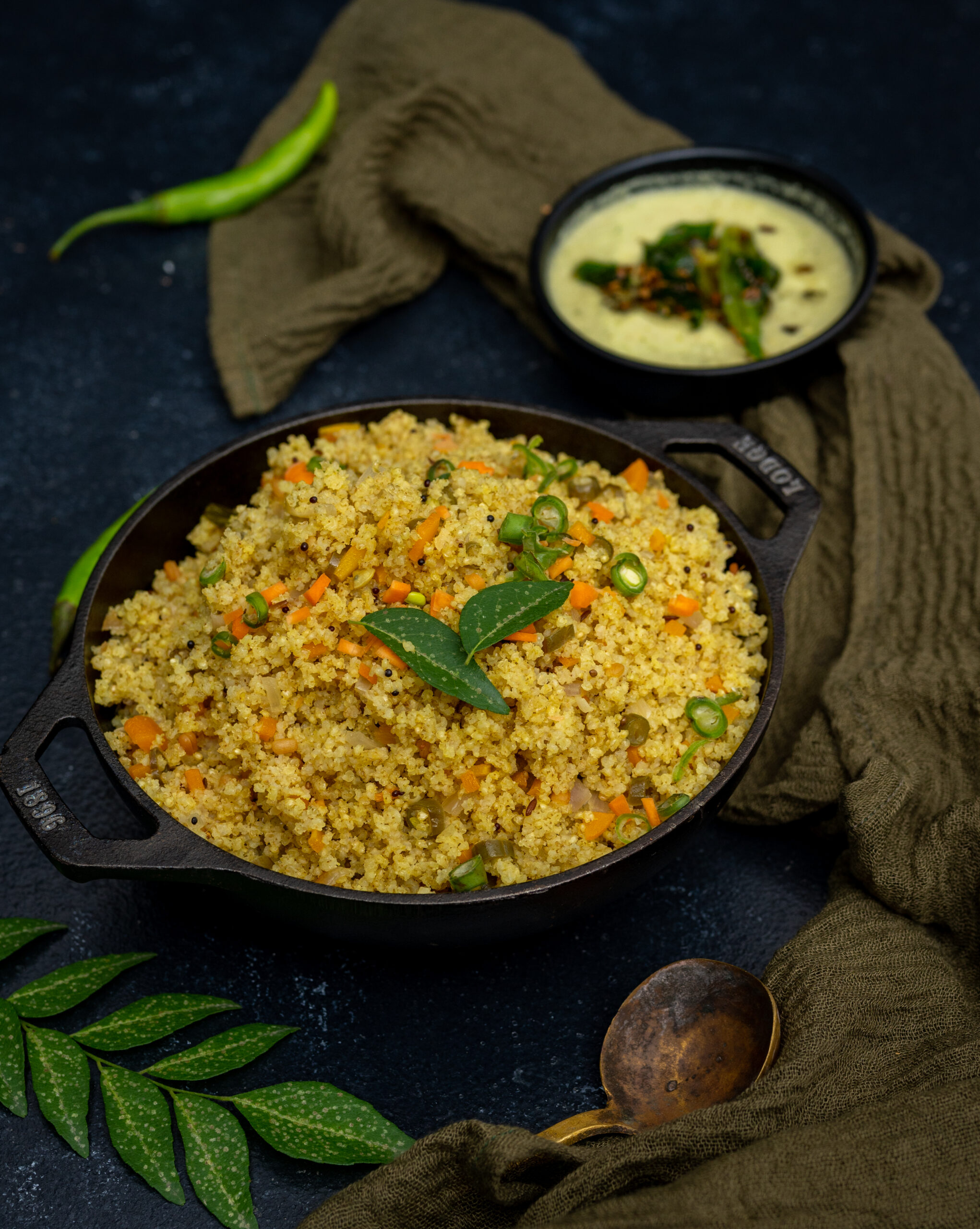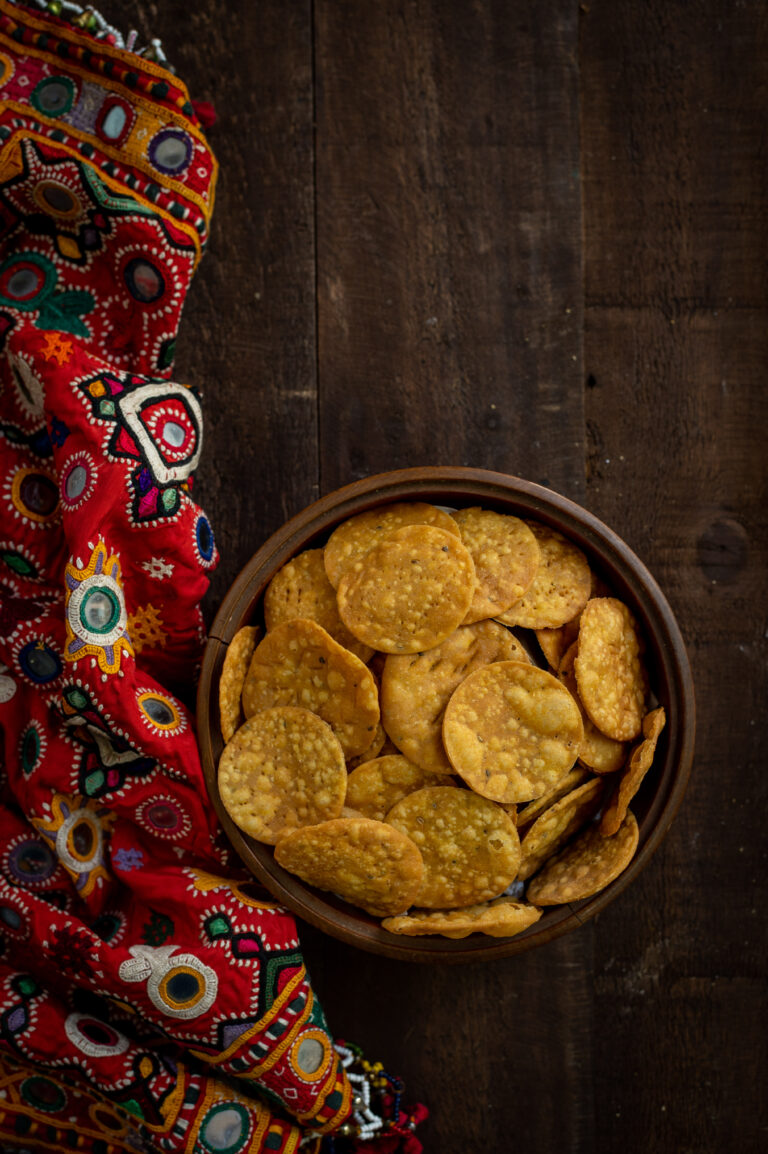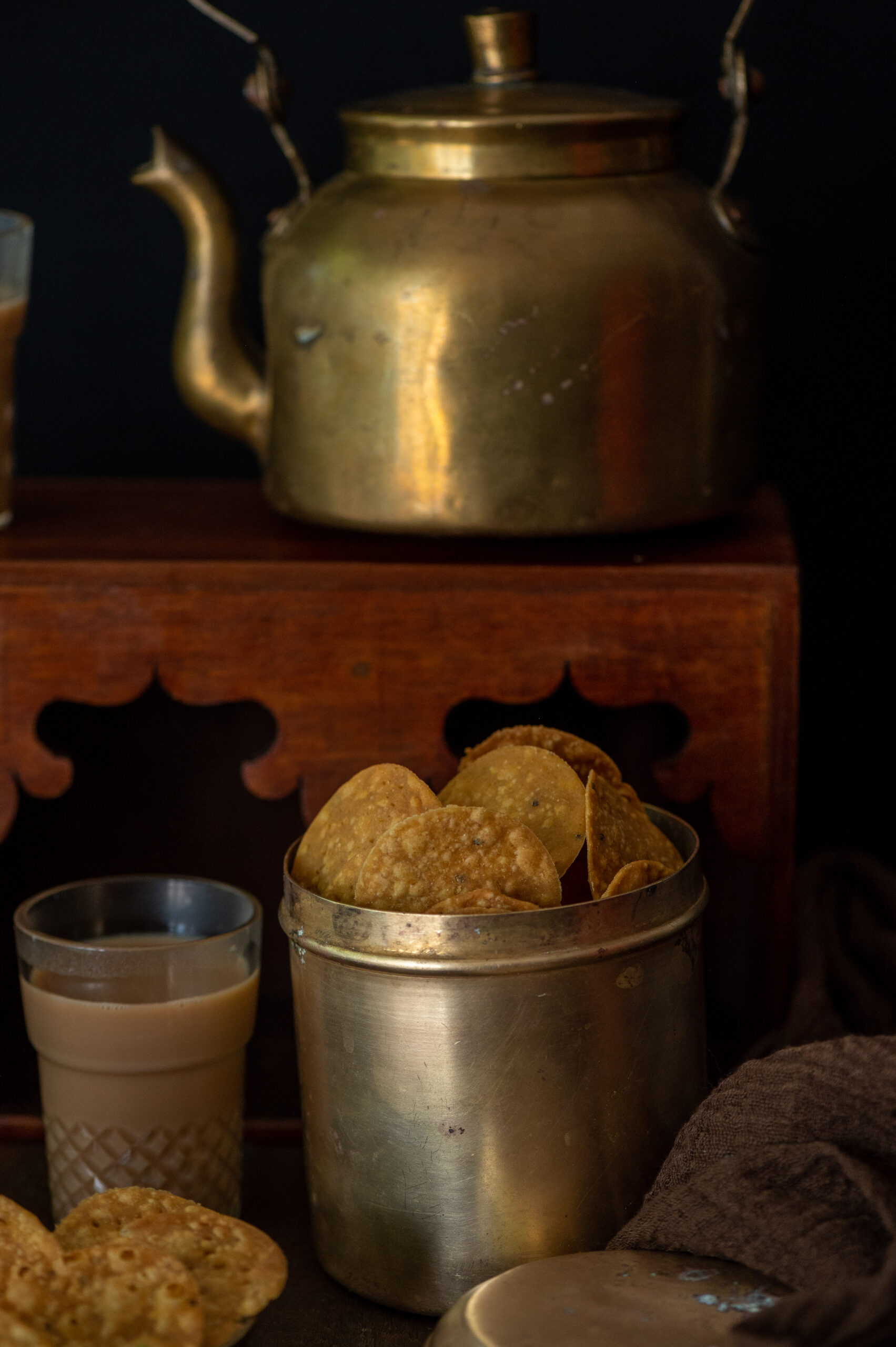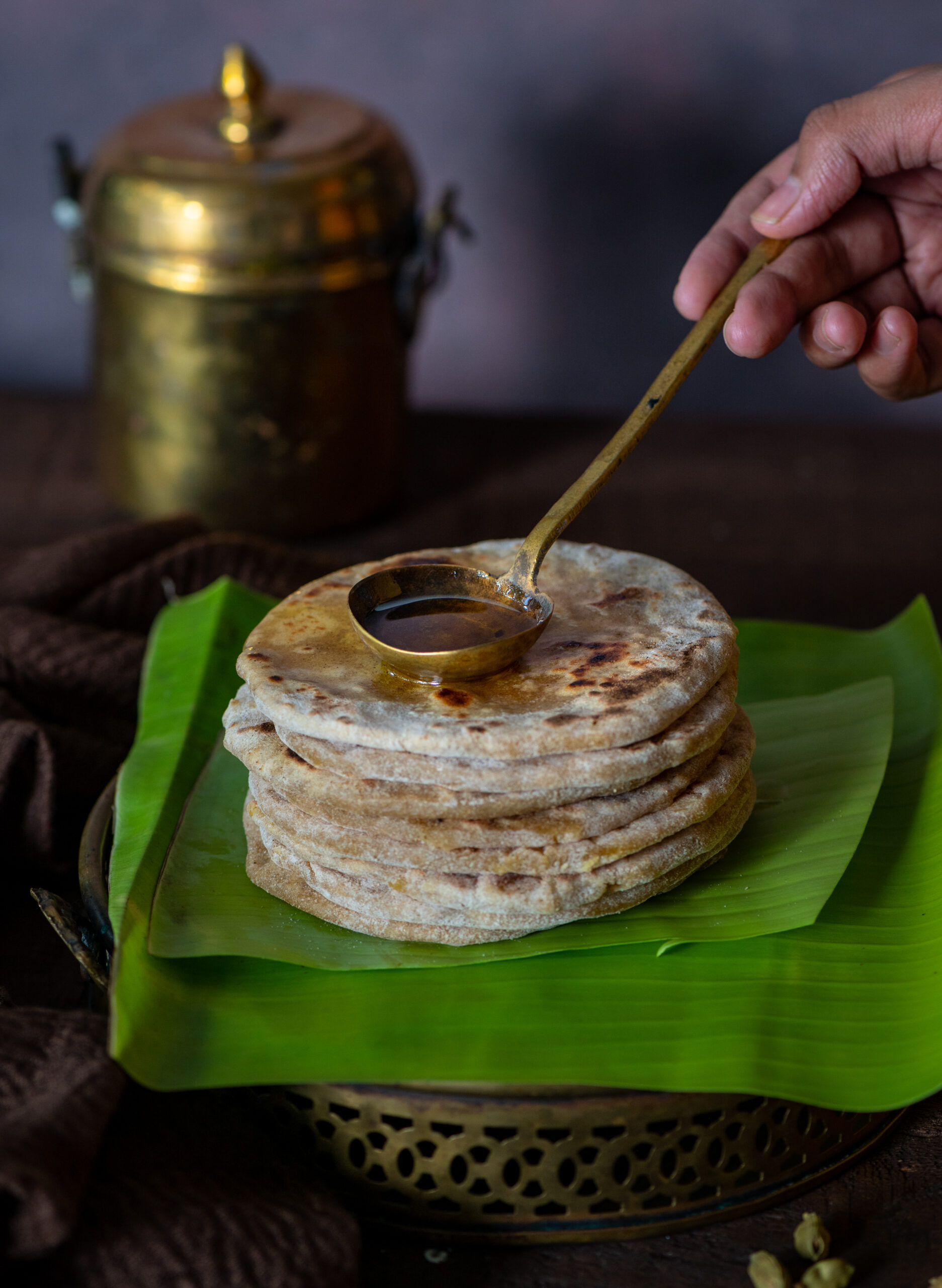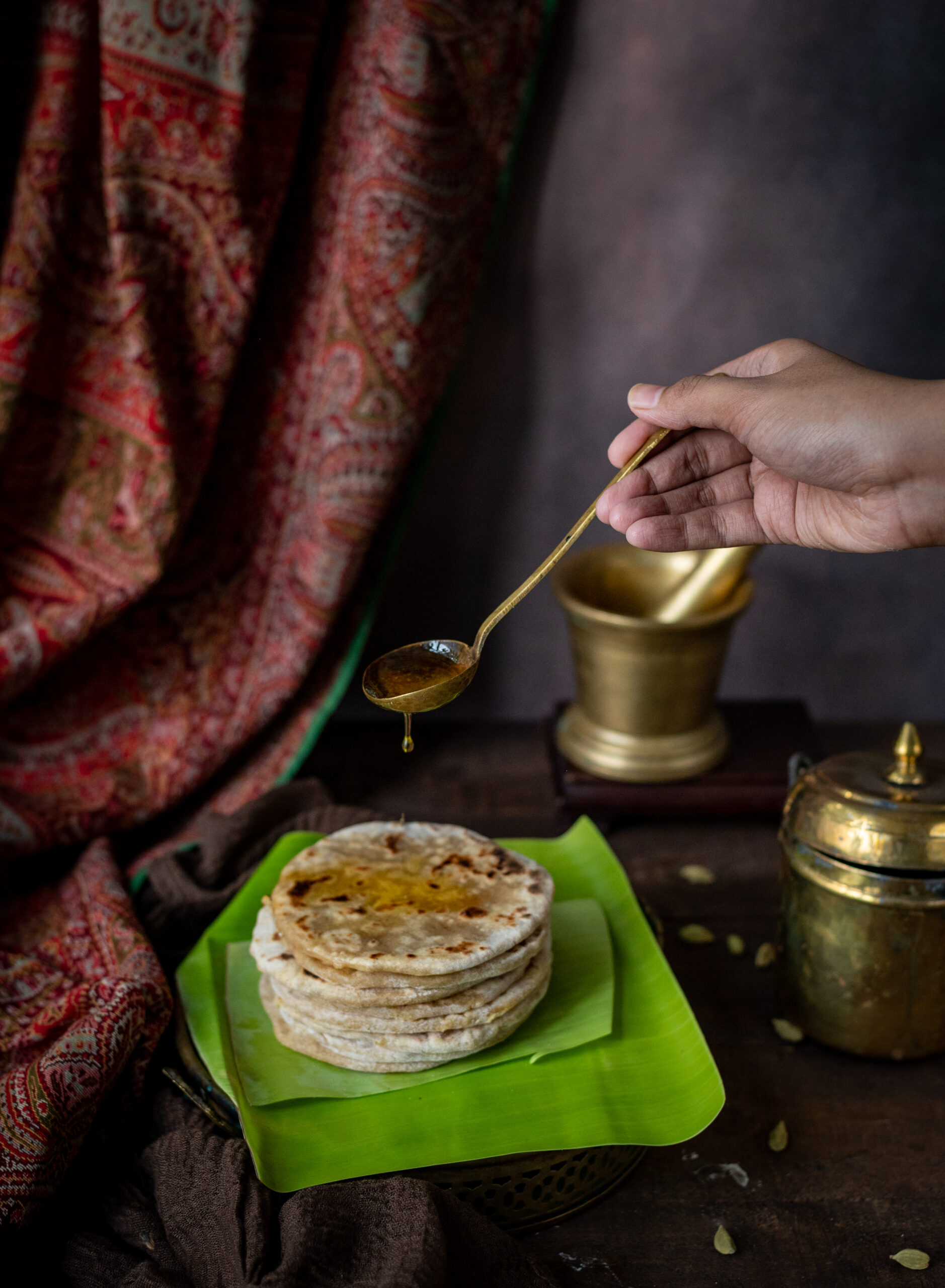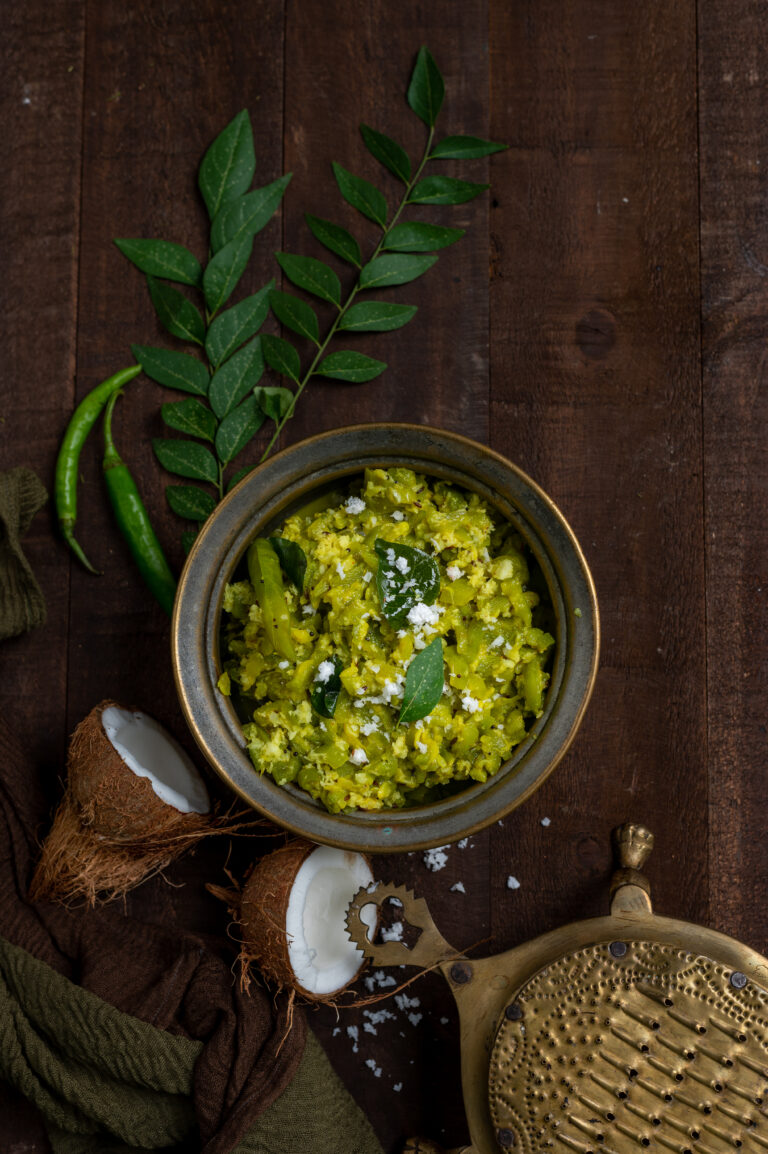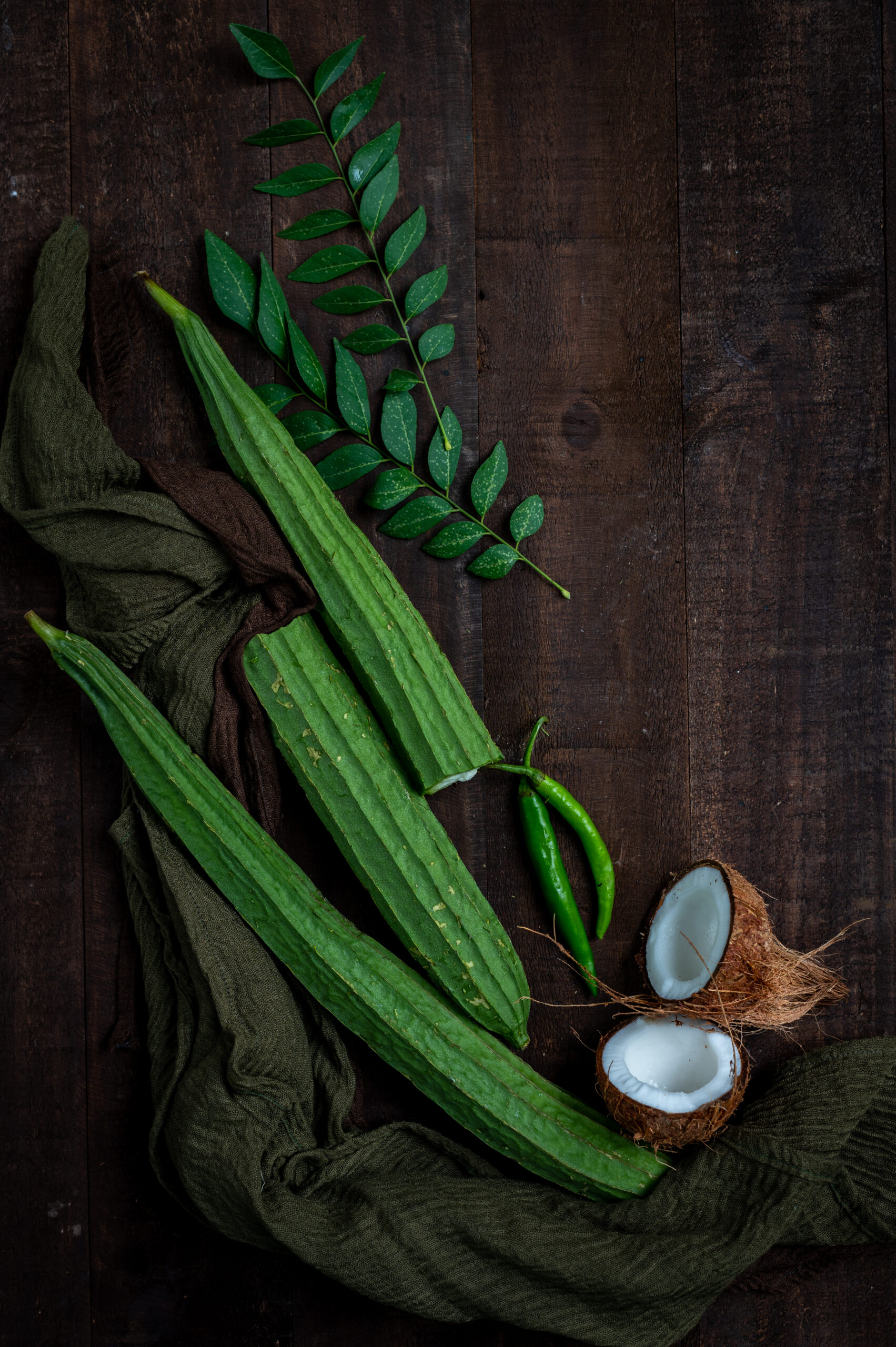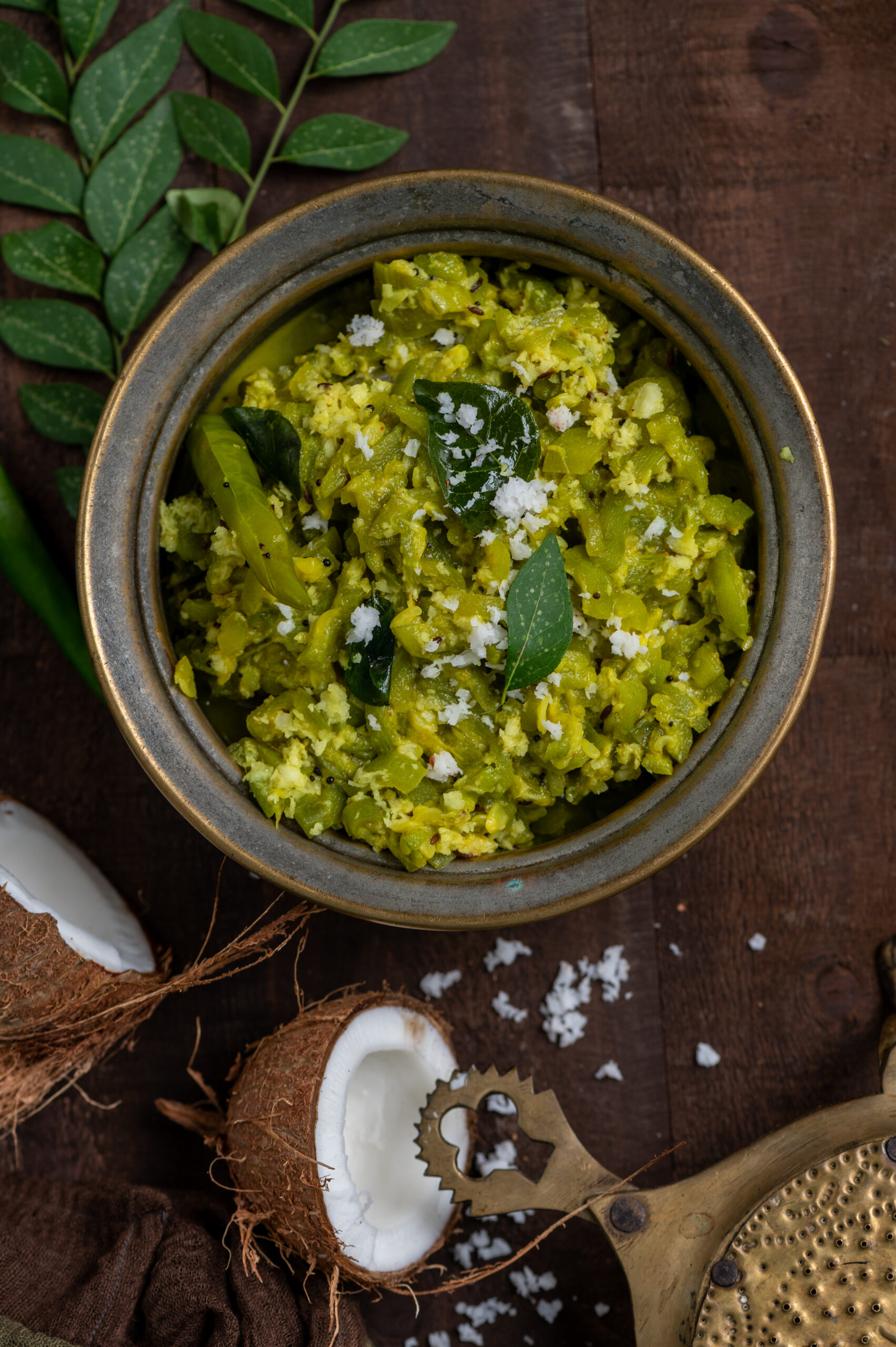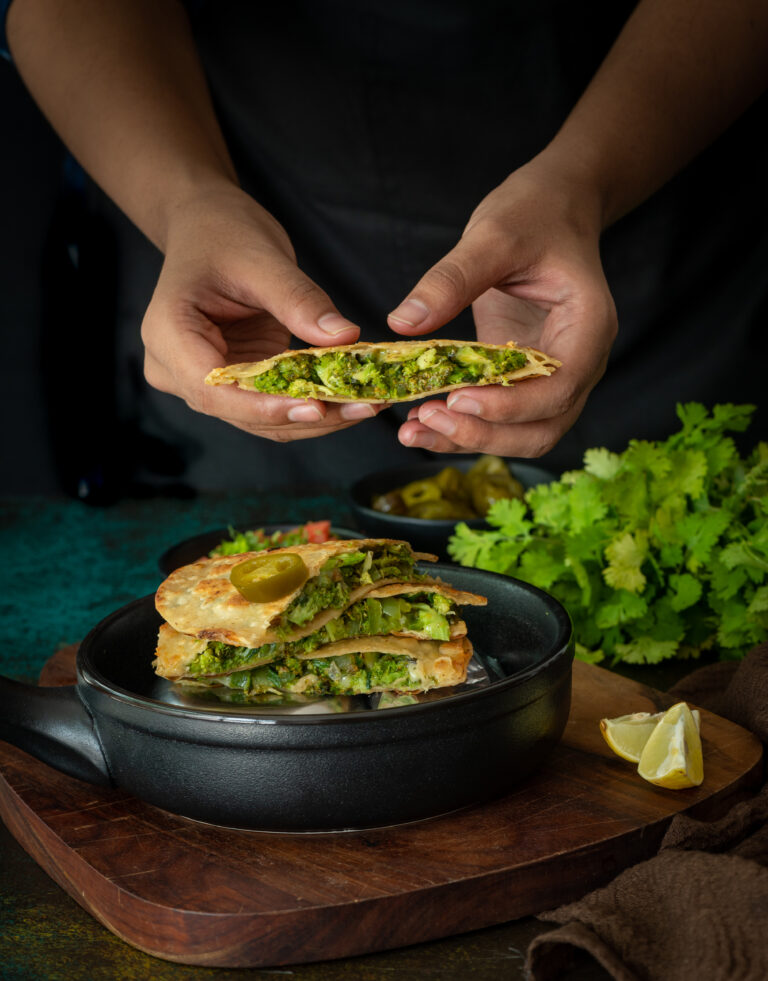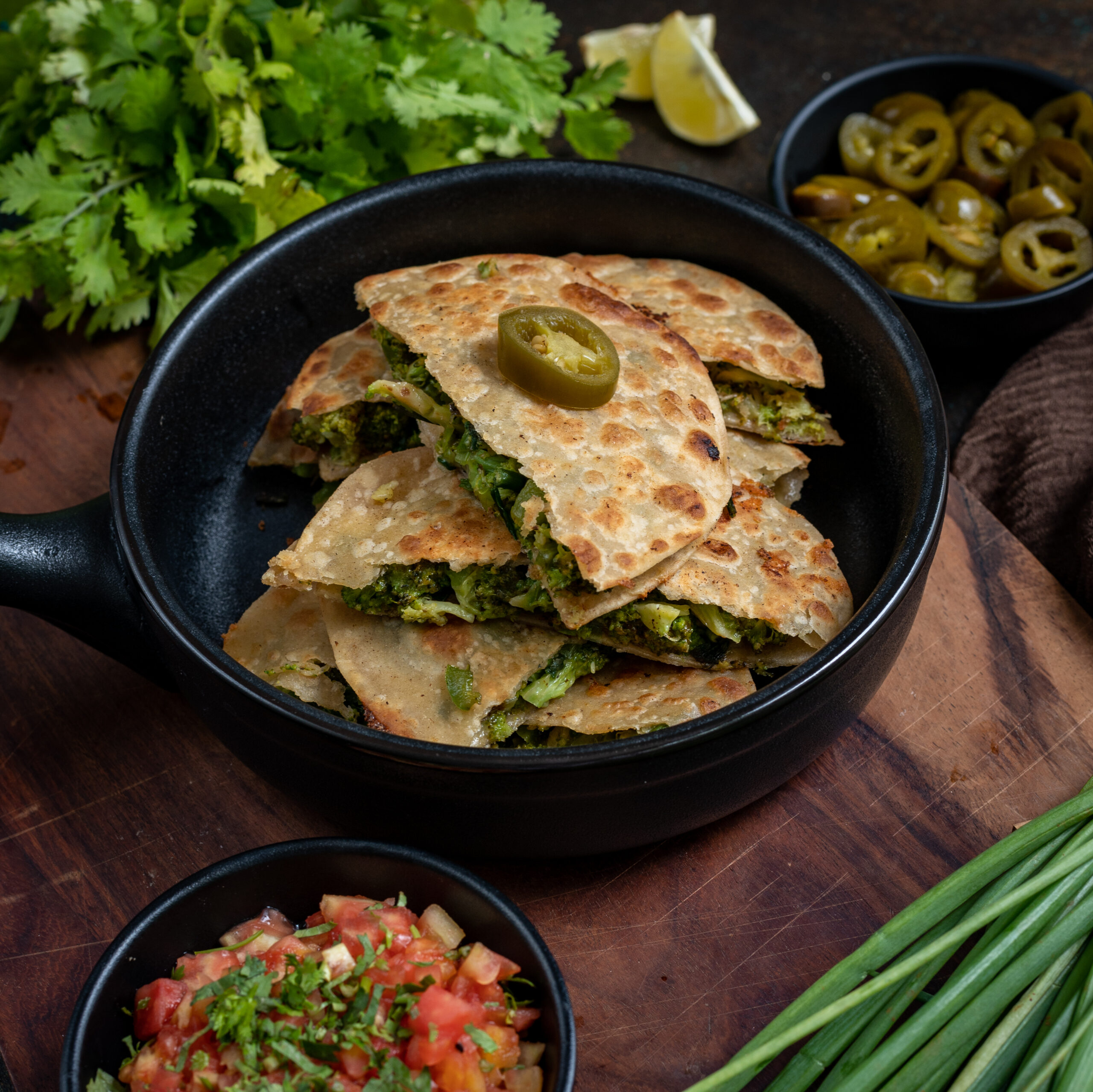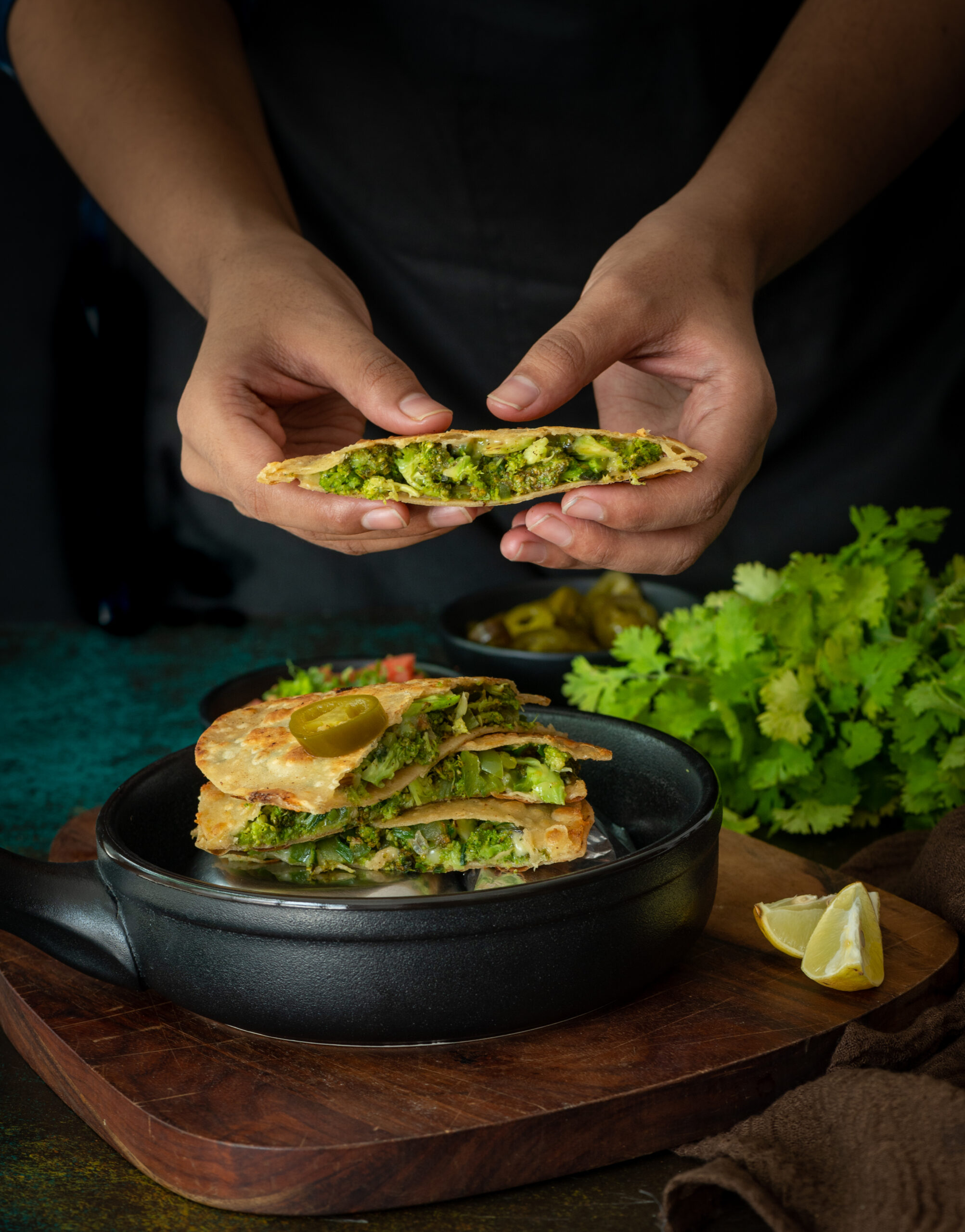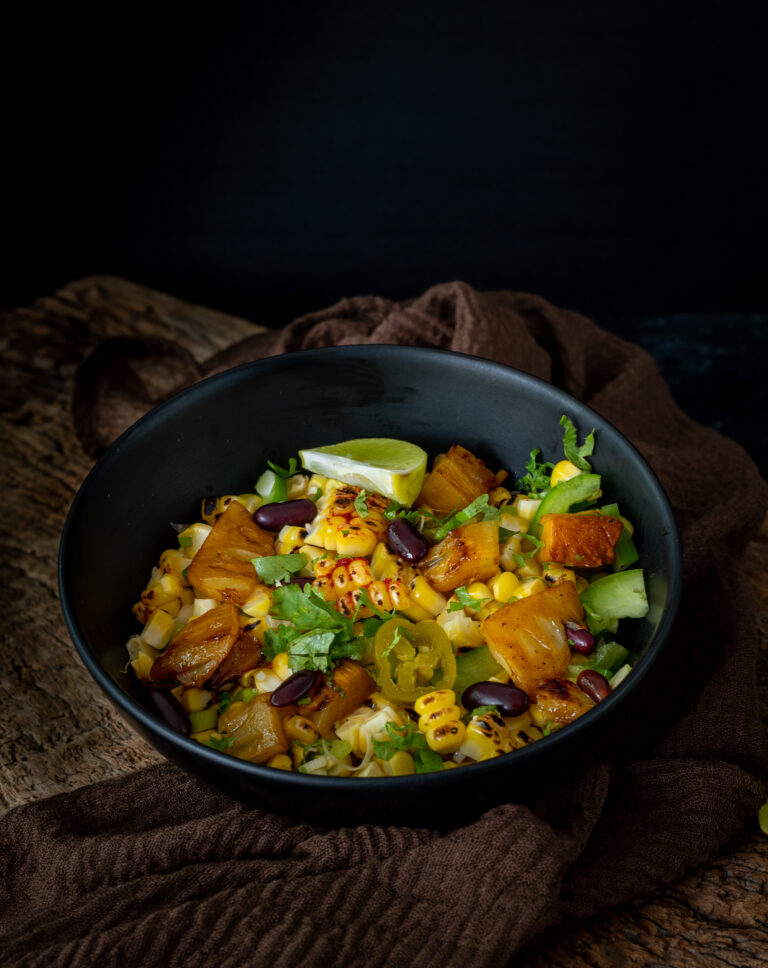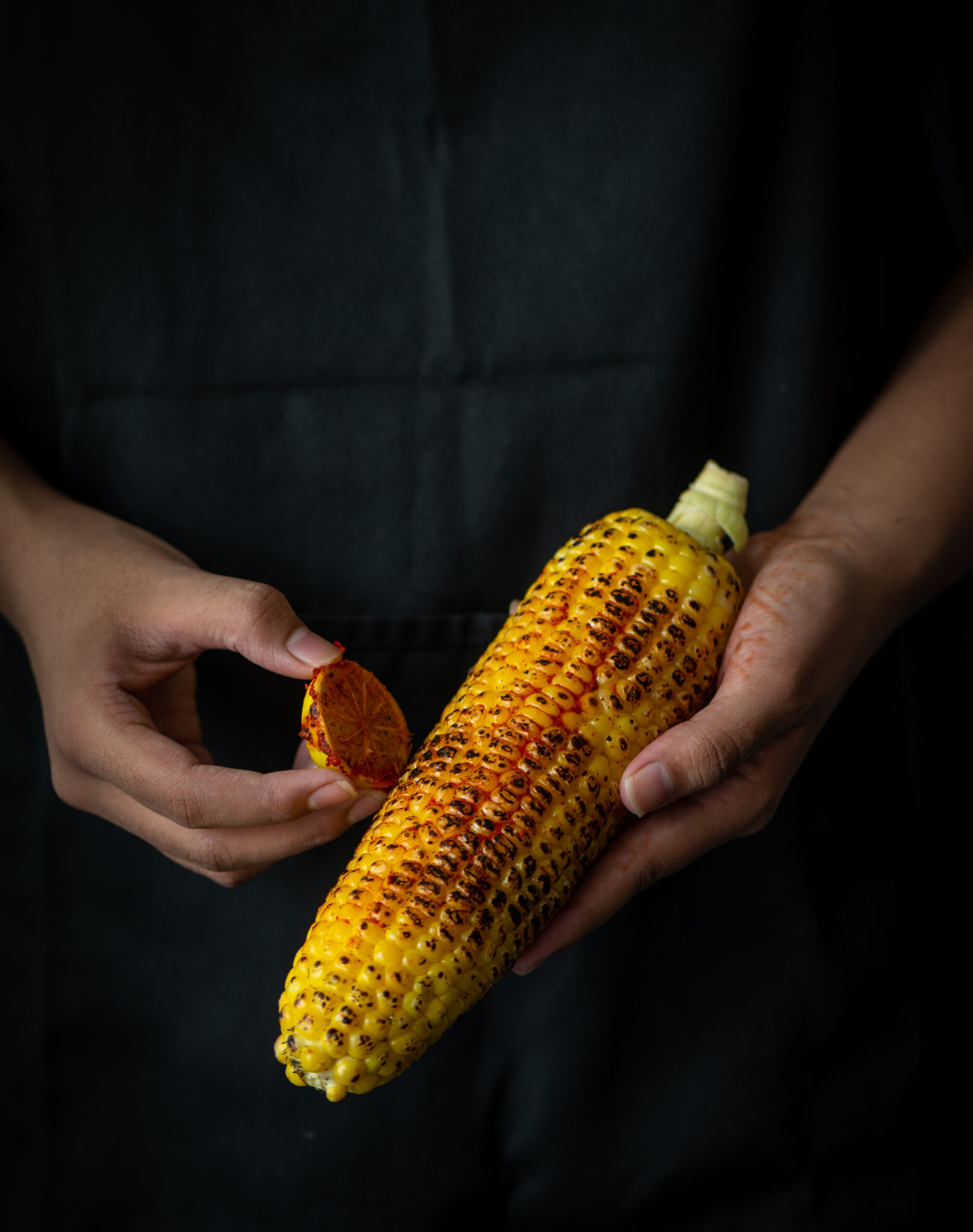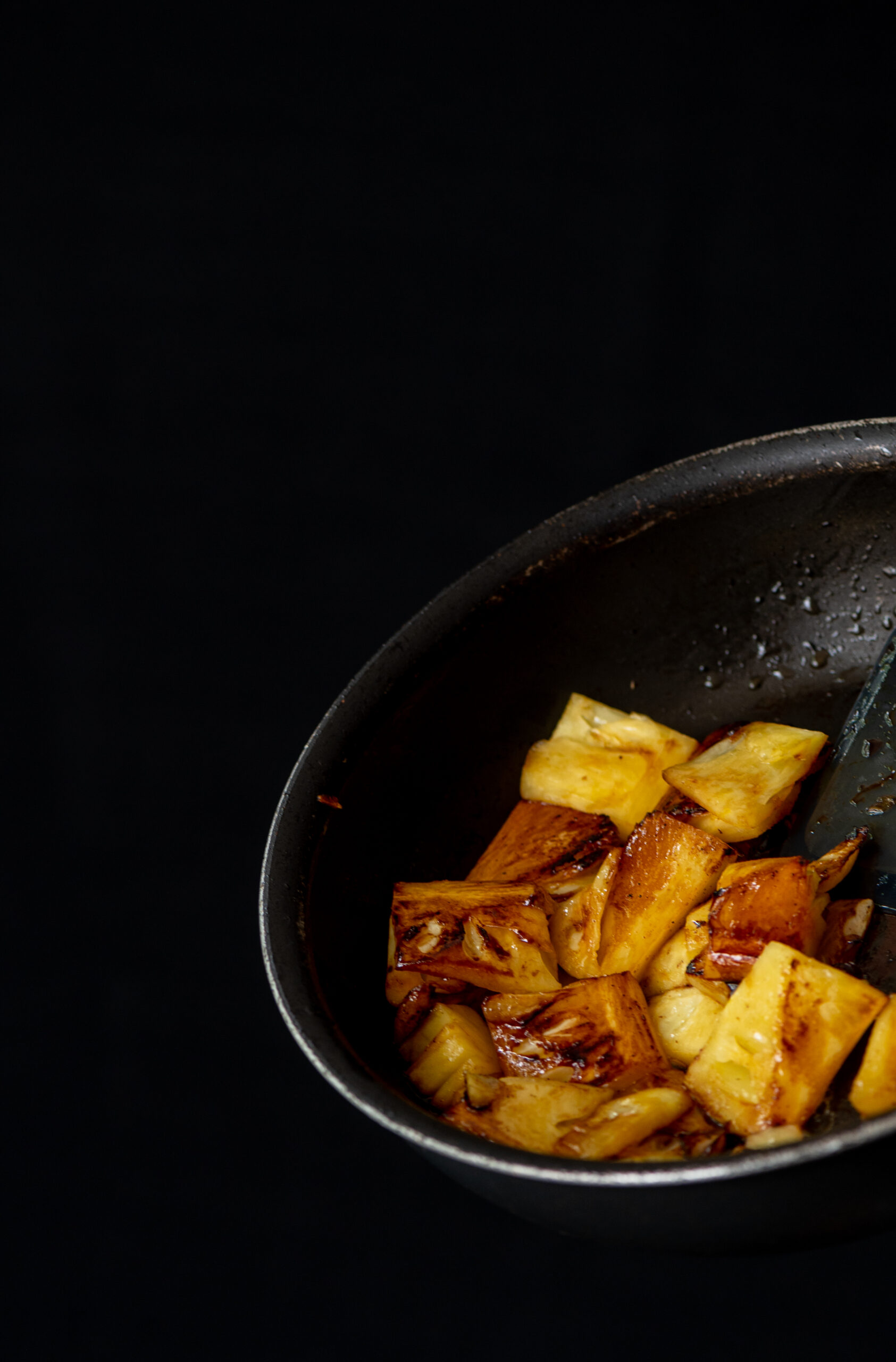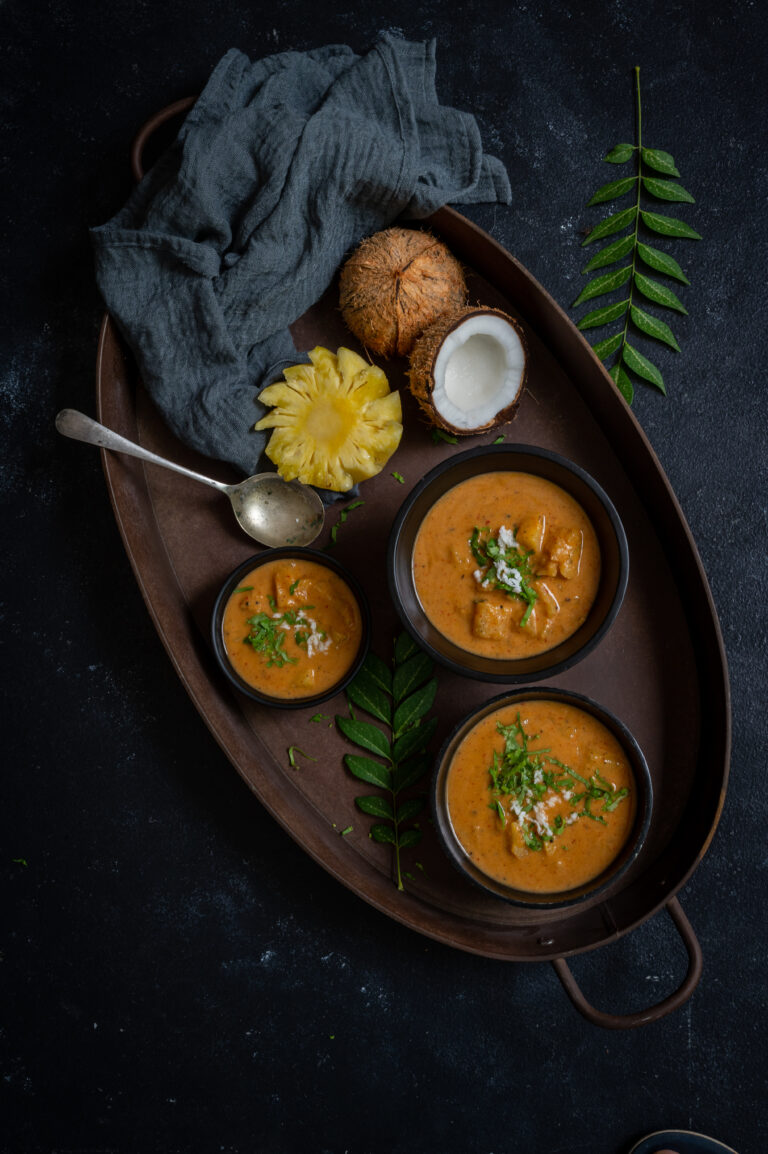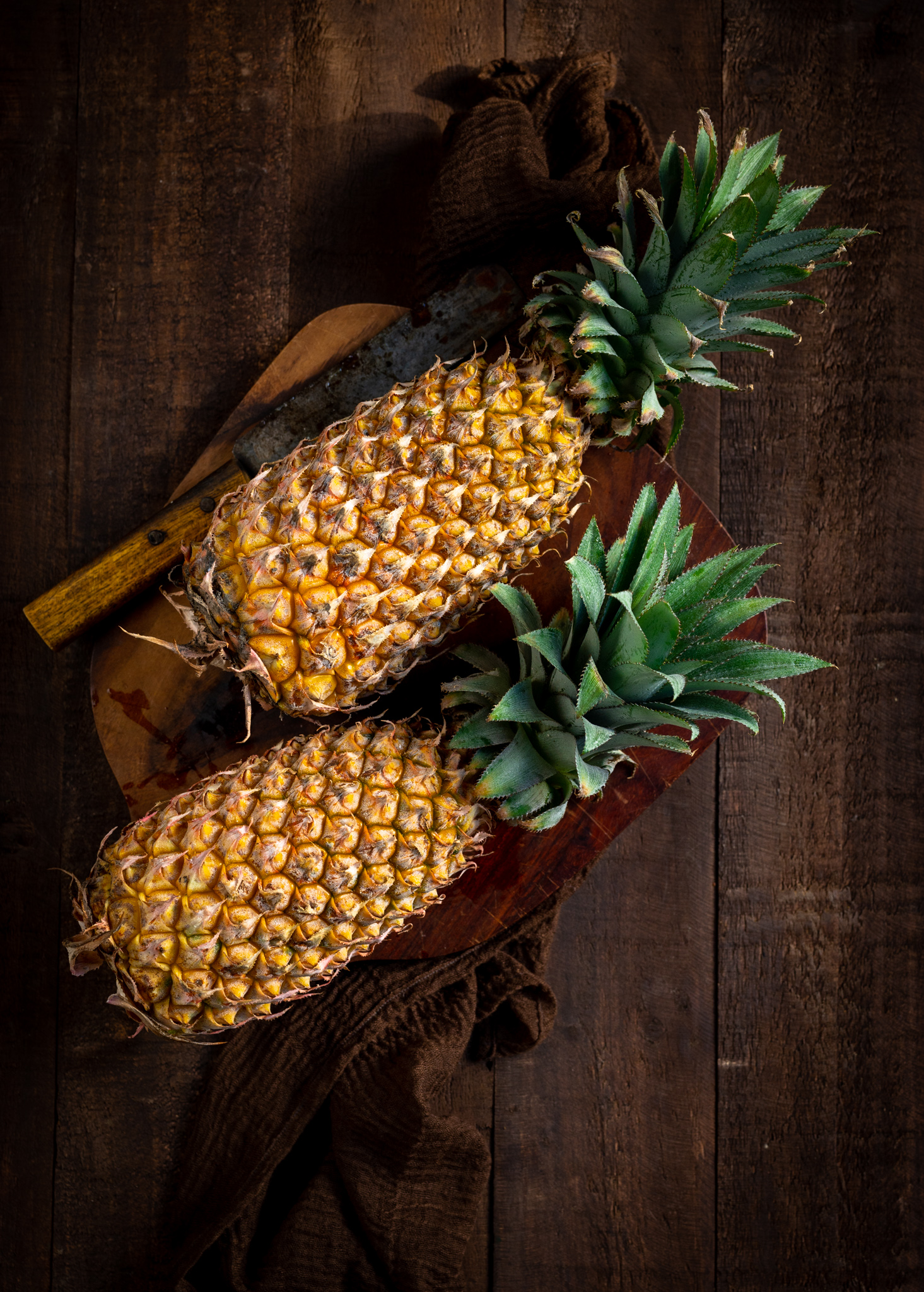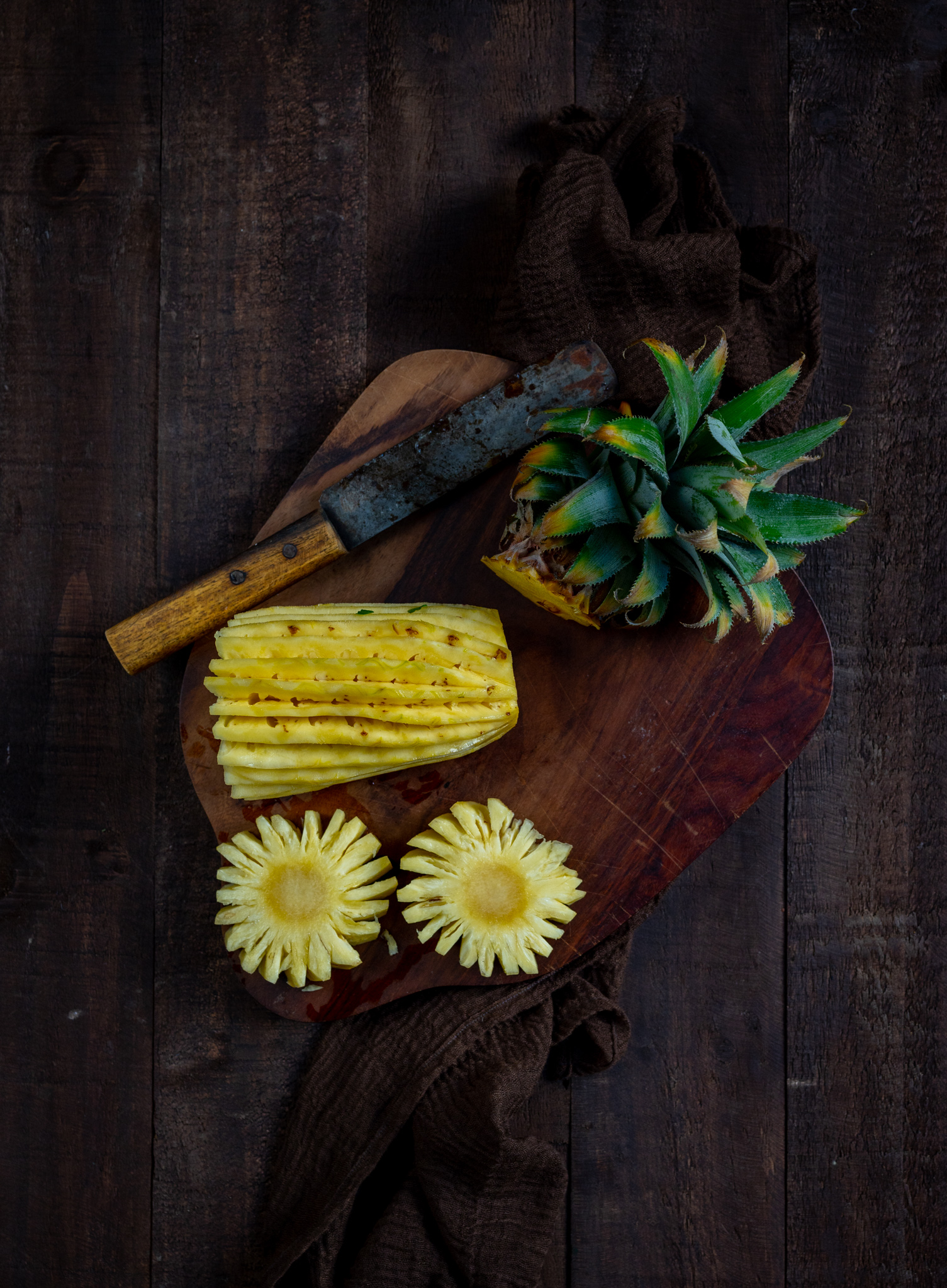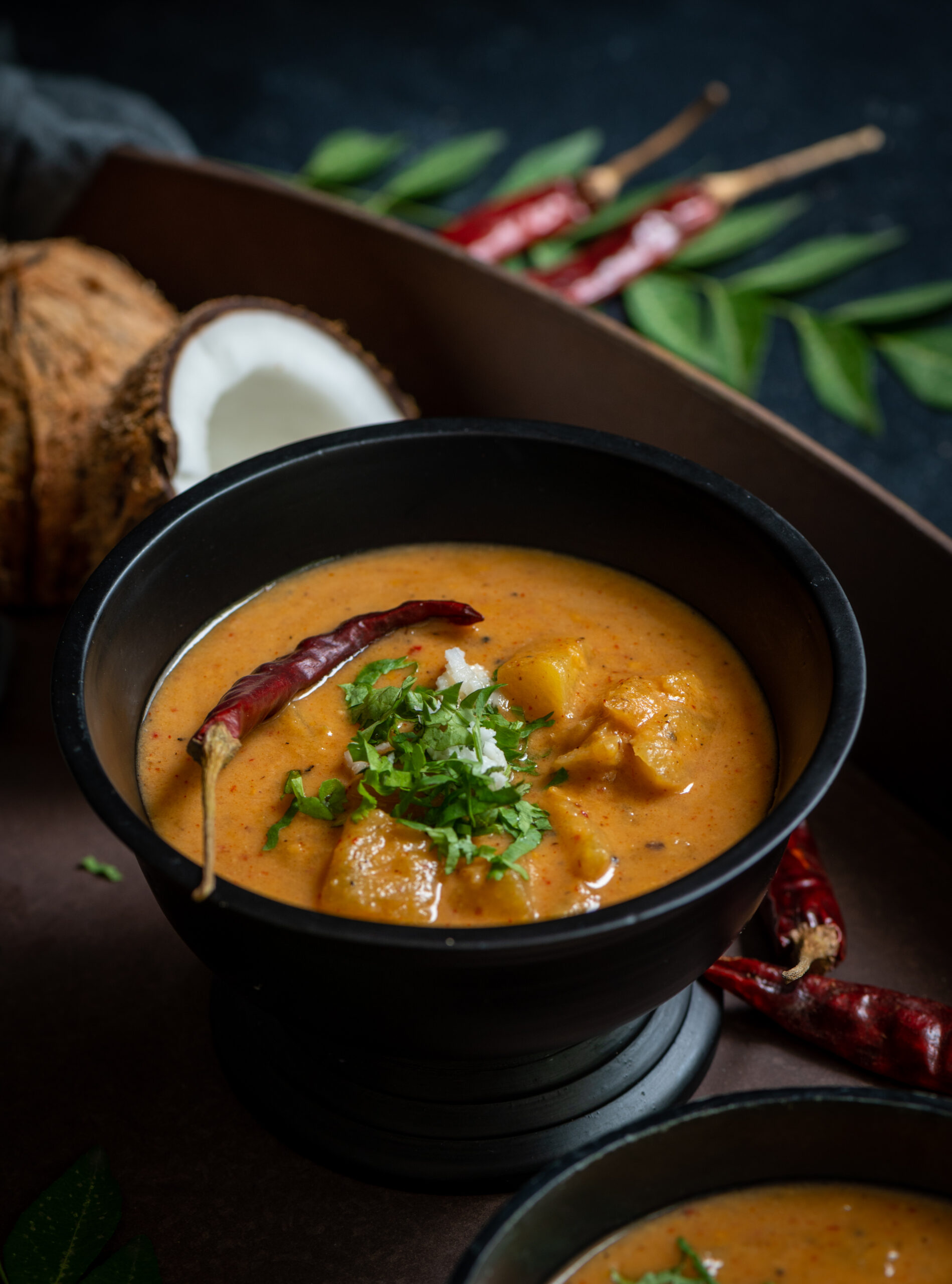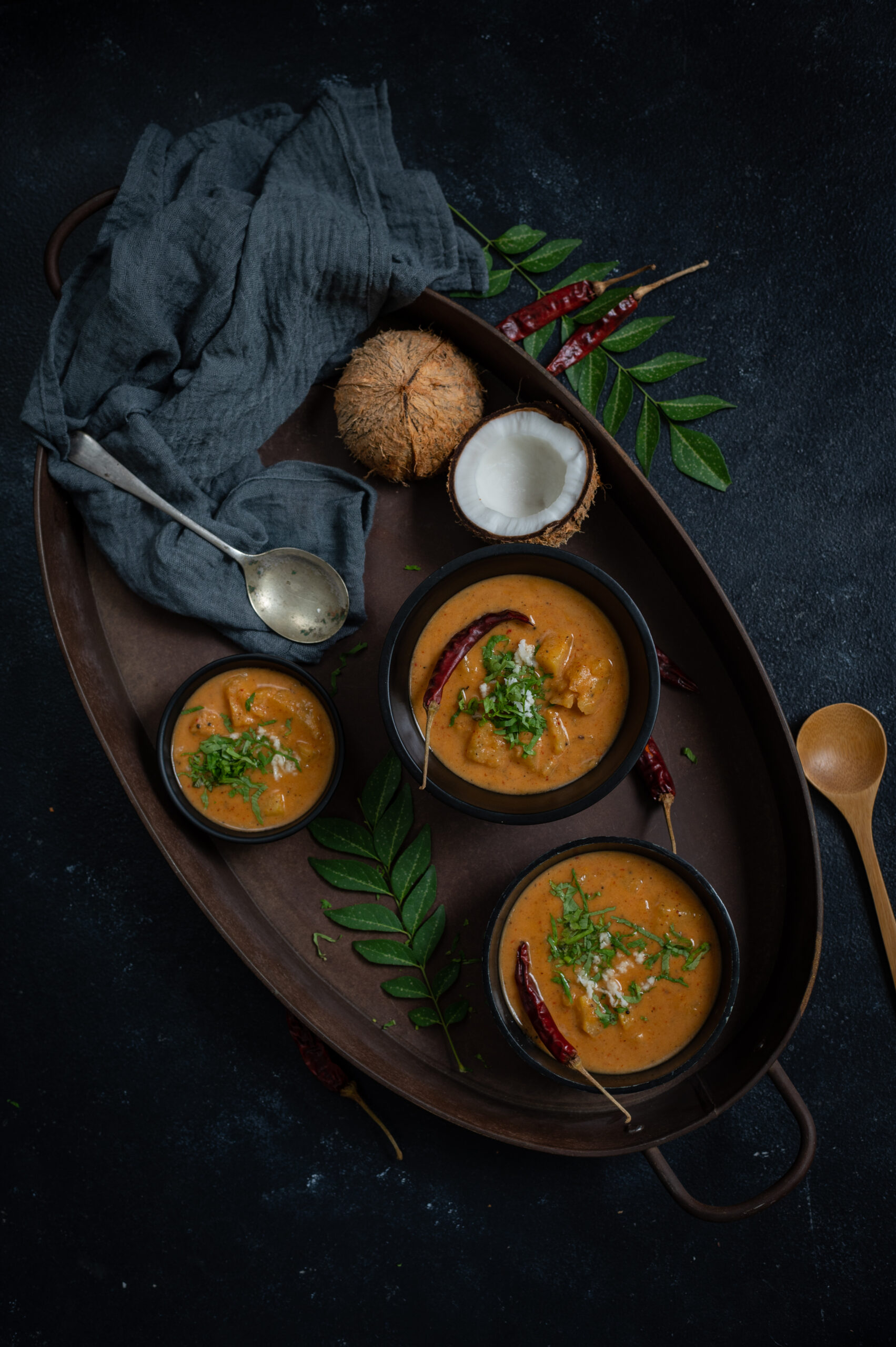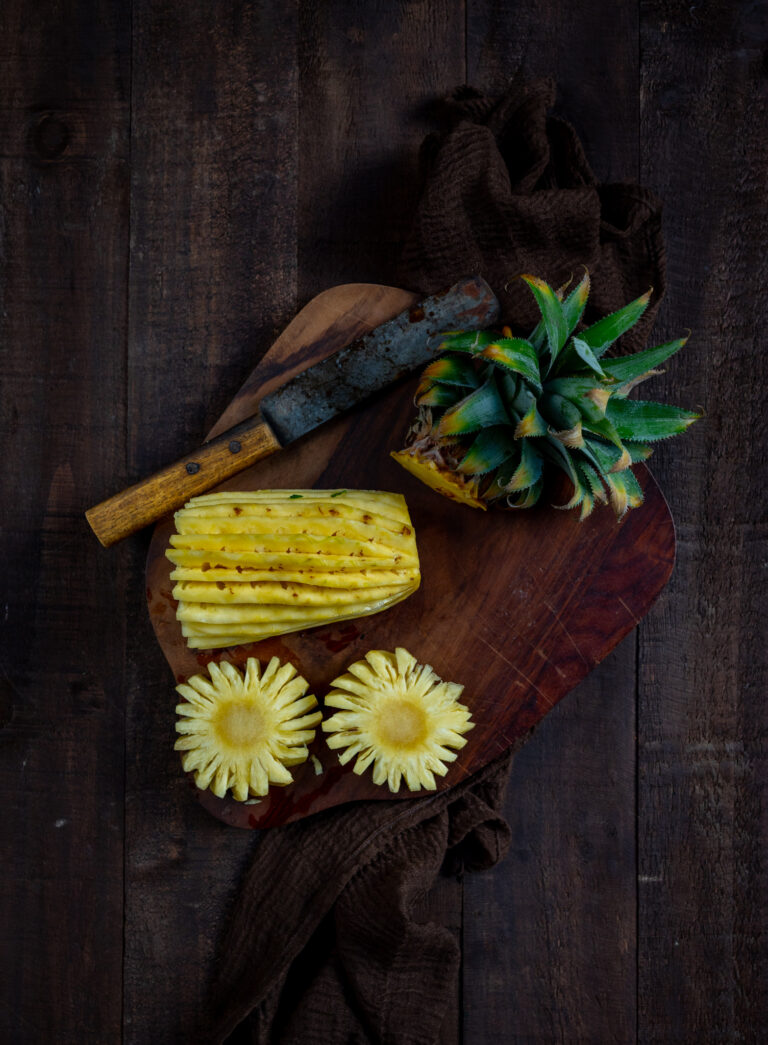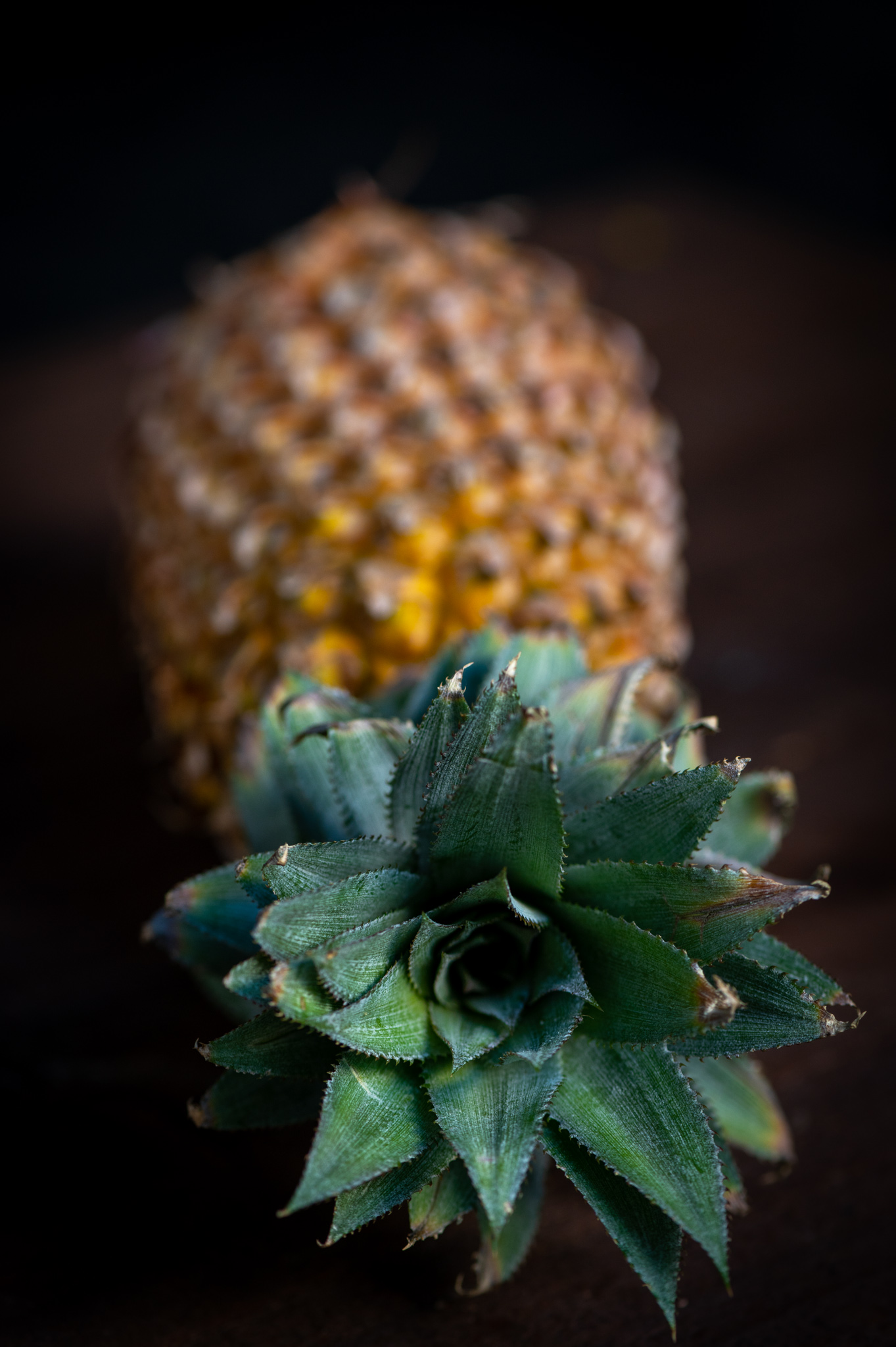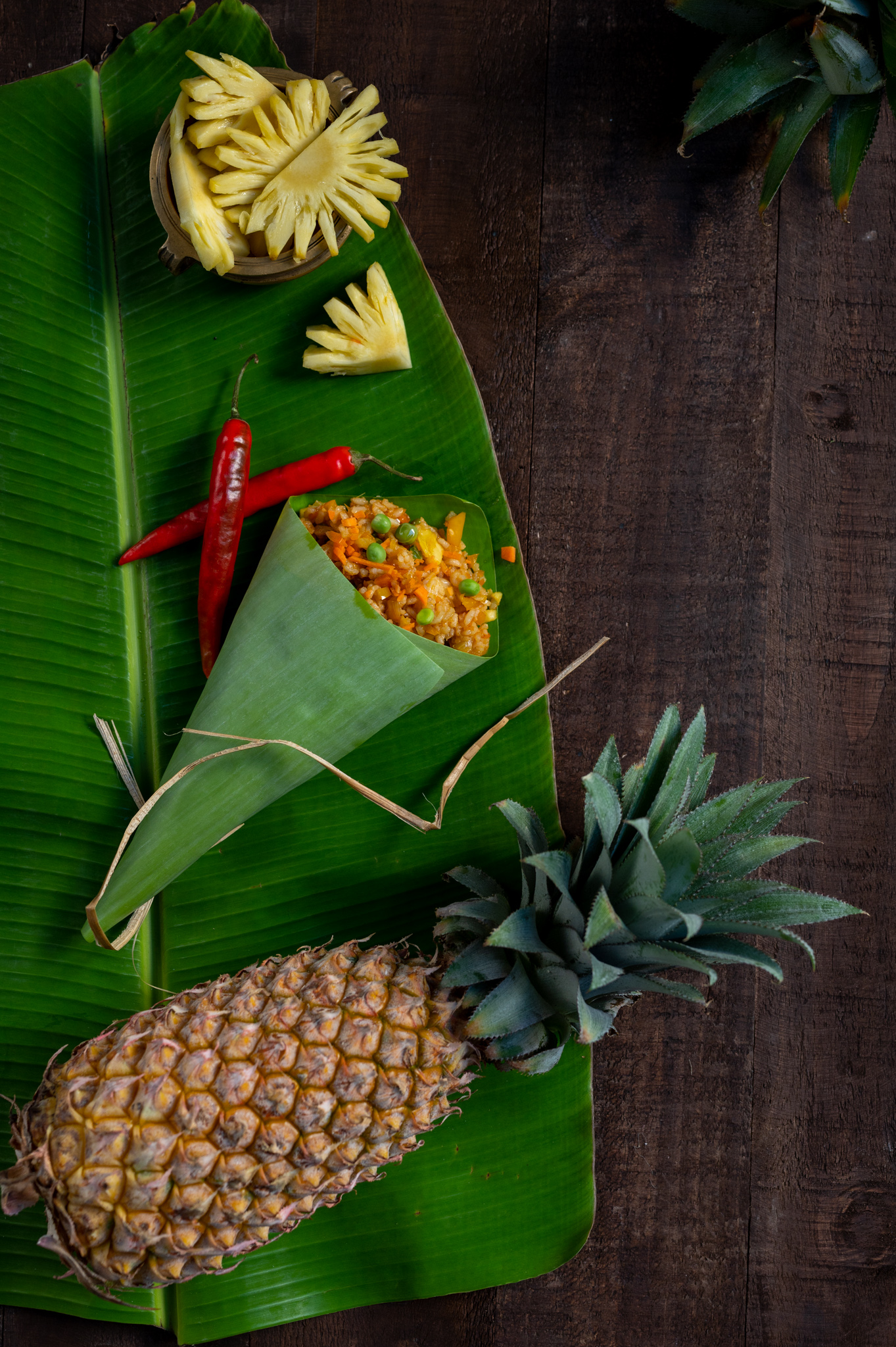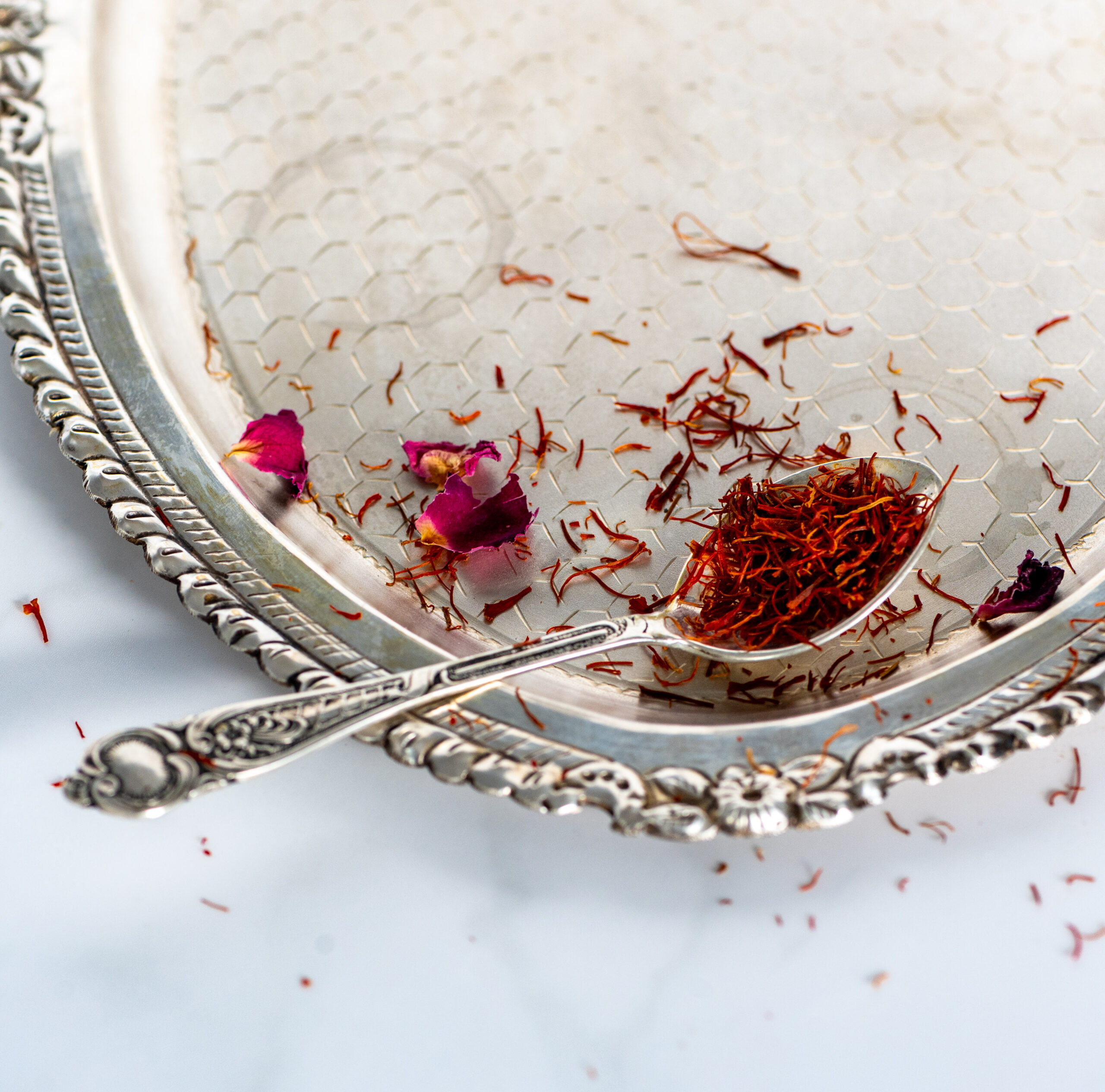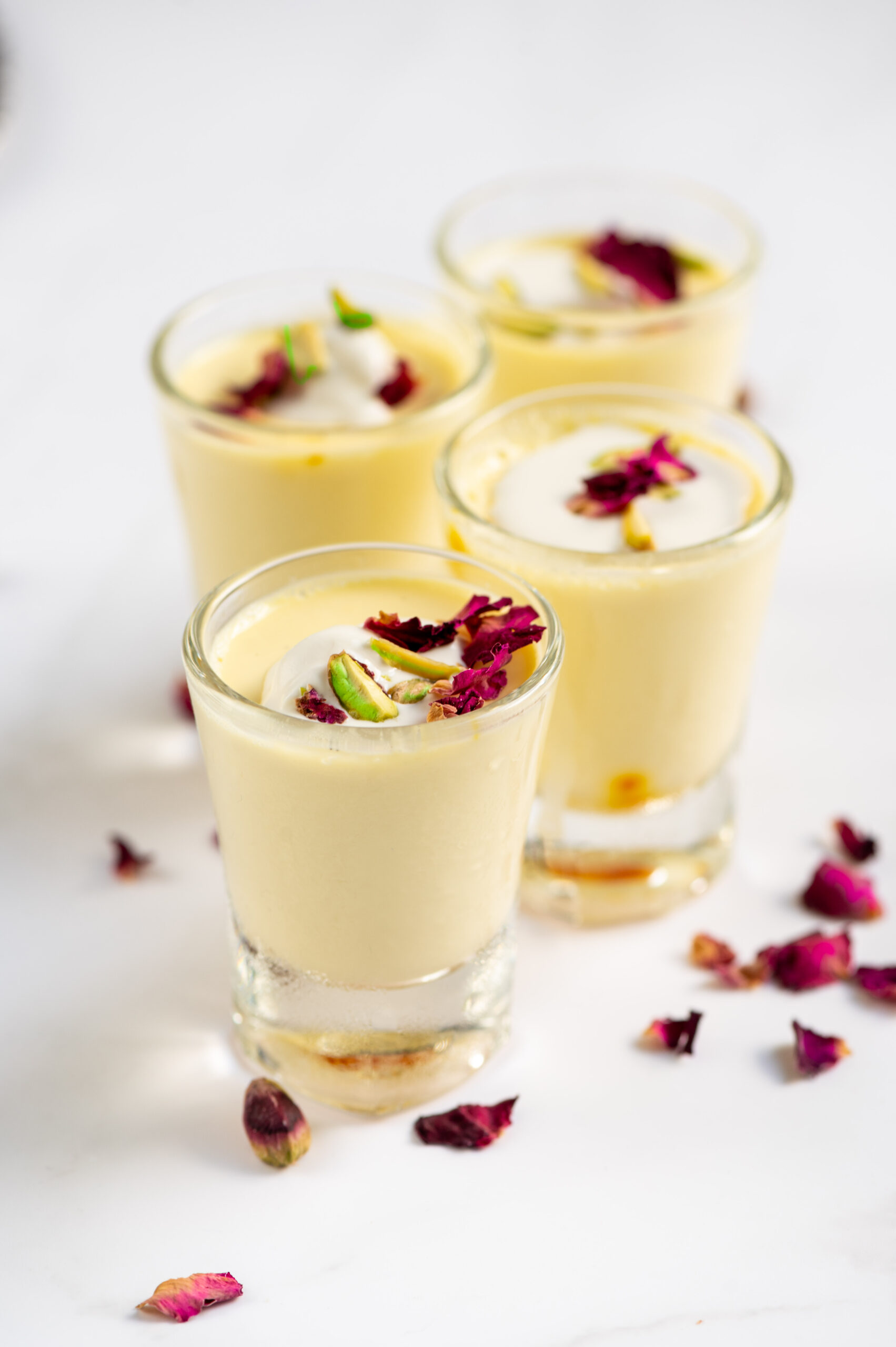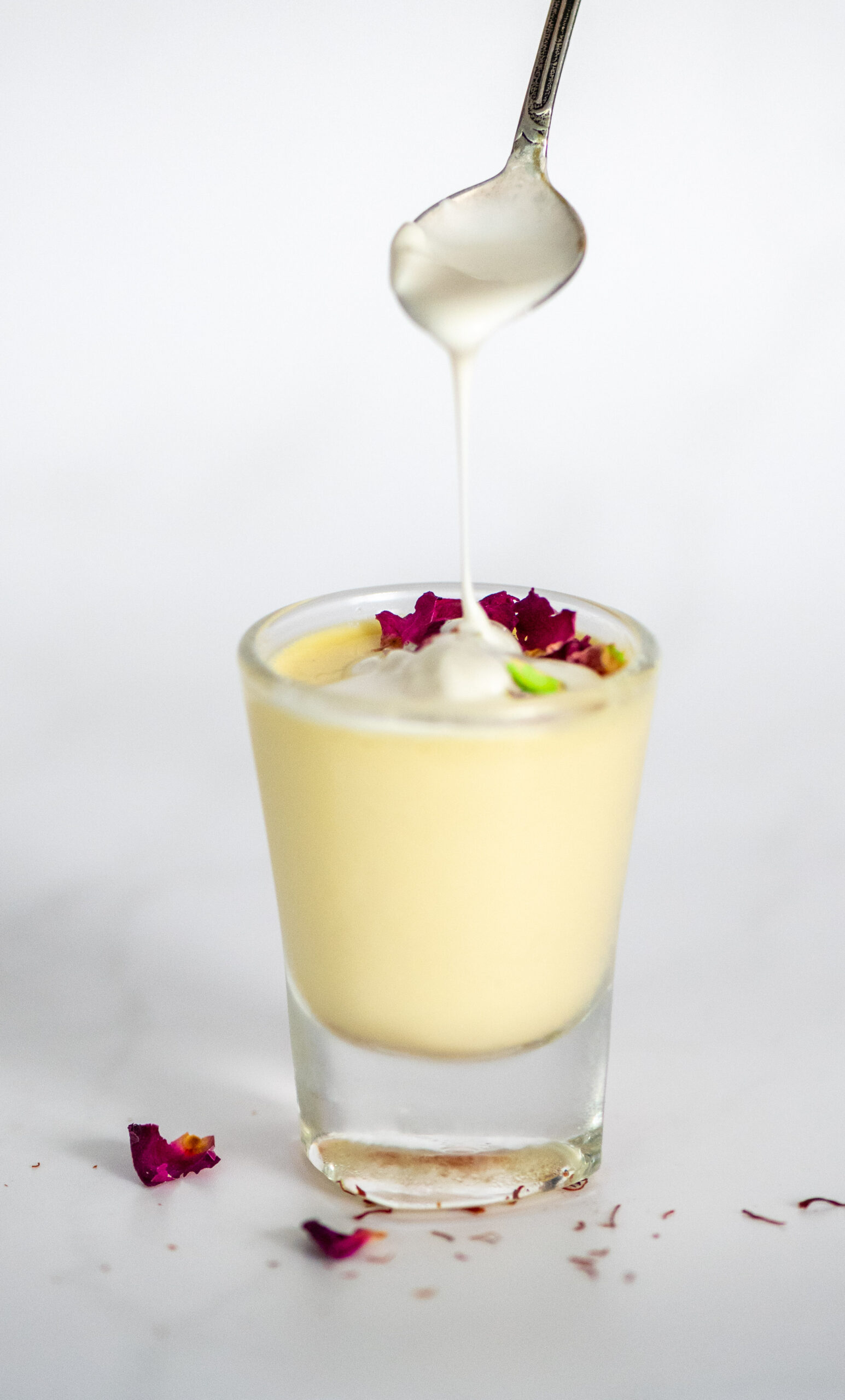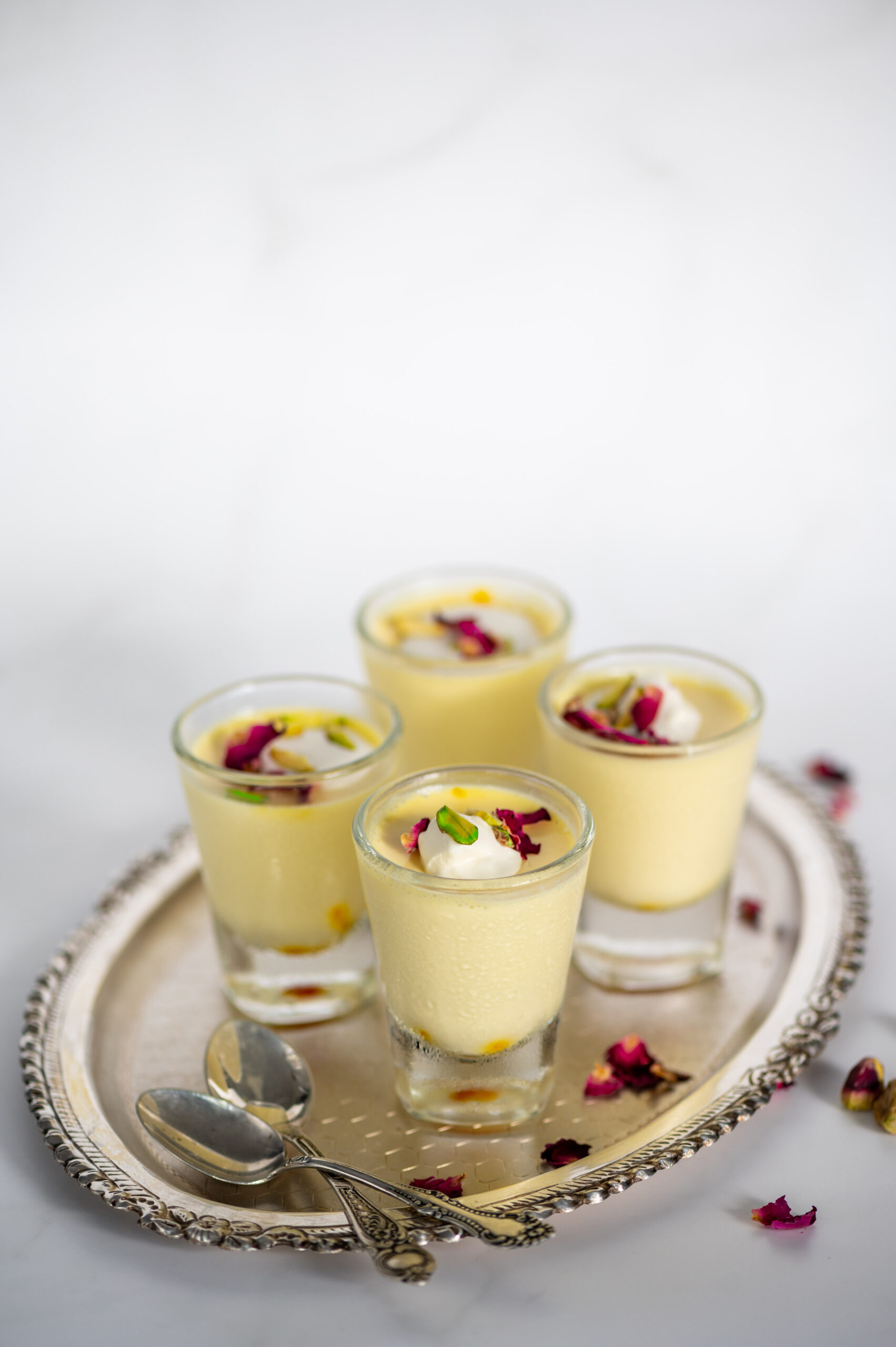Given the heavy rain in Chennai, along with the fact that I recently recovered from a bad flu, I’ve been feeling like having more immunity-boosting foods of late. The turmeric tea that I have before bed is one among these – have you given it a try too? Another new item among my frequent meals is this simple, seasonal vegetable soup. It contains almost no processed ingredients and is a very healthy, can’t-go-wrong dish that really makes you feel well-nourished and warm.
This kind of weather also makes me feel like going into the kitchen less, so what makes this dish all the more convenient is that I can just make a large pot of it in one go, and then help myself to it whenever I feel hungry throughout the day.
The interesting part about how it’s made is that it’s really a “bits and bobs” kind of soup. You can prepare the soup stock by adding whatever you have around. For instance, I had some leftover ridge gourd, half an onion and other assorted vegetables, and all these went into it. The stock itself is a versatile item, and you can use it in dals and so on as well. As I’m a vegetarian, I’ve stuck to vegetables, but if you’re not, it’s a good idea to include some chicken while boiling the stock, and make it more protein-rich.
Making soup stock, and soup itself, with whatever is on hand came about because of necessity. All of you who are also in Chennai have faced a similar situation in recent weeks, with vegetables either unavailable or available only at skyrocketing prices. I believe that farmers have also had trouble being able to distribute the produce to the cities, in addition to flooding impacting the fields themselves. A combination of factors has led to this scarcity. The way I see it, and the way I choose to respond to it, is that it’s not so much about affordability as it is about accessibility. As a believer in Macrobiotics and someone who feels that seasonal and local ingredients are always best, I prefer to reach out for that which is most easily available at all times. That means that sturdier vegetables like potatoes, gourds, beans and carrots that still make it to our markets relatively smoothly and in good shape are what I’ve used in this dish, as well as in most of the dishes being prepared at home at the moment.
I tend to eat salads and raw vegetables at lunch, so cooked and steamed vegetables, which this soup is rich in, are my go-to for dinner. I prefer a light meal at night as it’s easier on the digestion. Also, while you’ve definitely heard quite a bit on other posts on this blog about how I’ve been cutting down on carbs, I’m in a new phase now where I let myself have some carbs at night. So sometimes I have a dosa or two, which is certainly a lighter dinner than the regular Gujarati thaali we eat at lunch. It’s all about listening to your body and adapting to the circumstances, including the weather and the vegetable supply chain!
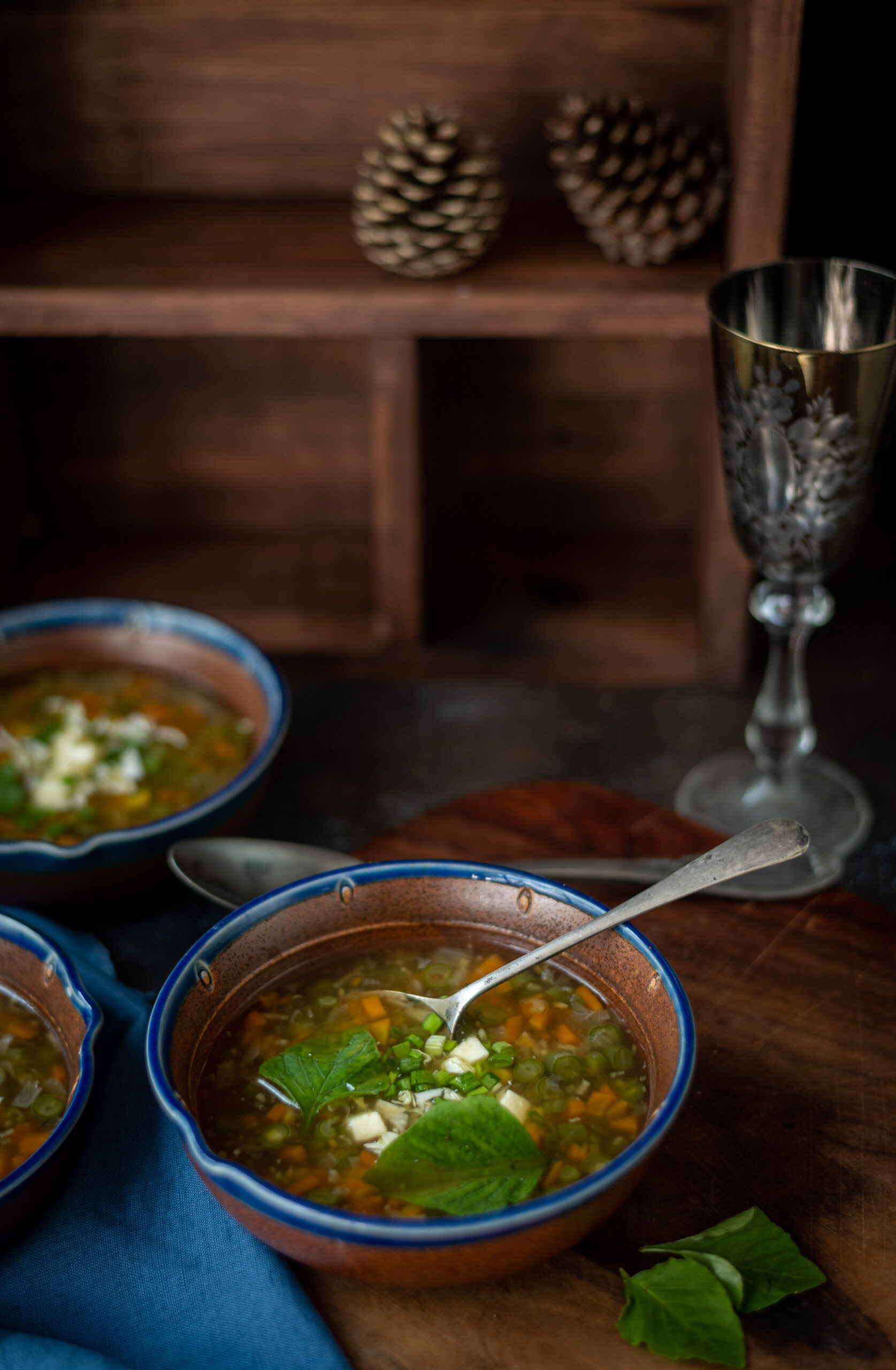
Vegetable Soup
(Yield: Serves 3-4)
Stock
Thick peel of a potato
Cabbage leaves
Peel and parts of a ridge gourd
1 onion
Soup
1 tablespoon oil
2 cups finely cut vegetables (carrots, beans, onion, broccoli, corn)
A piece of ginger (grated)
3 cloves garlic (grated)
3-4 cups vegetable stock (above)
Salt to taste
½ cup rice starch (use corn flour if you prefer)
1 tablespoon soya sauce
1 teaspoon homemade chili sauce
A squeeze of lemon
Optional
Grated tofu
Sprouts
Leafy greens
Coriander garnishing
Prepare the stock by adding all the vegetables to about six cups of water. Allow this to boil until it reduces to ¾th the earlier quantity. Strain and cool. Set aside.
Then, begin preparing the soup.
Add the oil to a pot. Then, add the ginger and garlic and sauté for a few minutes.
Next, add all the vegetables and stir fry for a few minutes.
Then, warm and add the vegetable stock prepared earlier. Next, add the starch. Cover and allow to boil. I have opted to use rice starch from rice cooked earlier in the day, but you can use the usual corn flour, tapioca flour or any other thickening or gelling agent that you prefer.
Once it starts boiling, add the salt, soya sauce and chilli sauce. Cook for a little while and once it starts to thicken slightly, squeeze in the lemon.
The soup is ready now, but to make it go an extra mile, garnish with coriander and add some grated tofu or moong sprouts for a nice boost of protein. I added all these as well as some leafy greens I had on hand that day. Serve hot.
This vegetable soup works beautifully as a meal-in-a-bowl, or you can have it as an appetiser or complement it with a range of sides. Something like this cheesy, garlicky sourdough toast may make a lovely accompaniment. You can also check out some of the other delicious soups that I’ve shared over the years: minestrone, simple zucchini soup, broccoli and almond soup and vegan whole corn and lemongrass soup. Stay warm, and enjoy!
